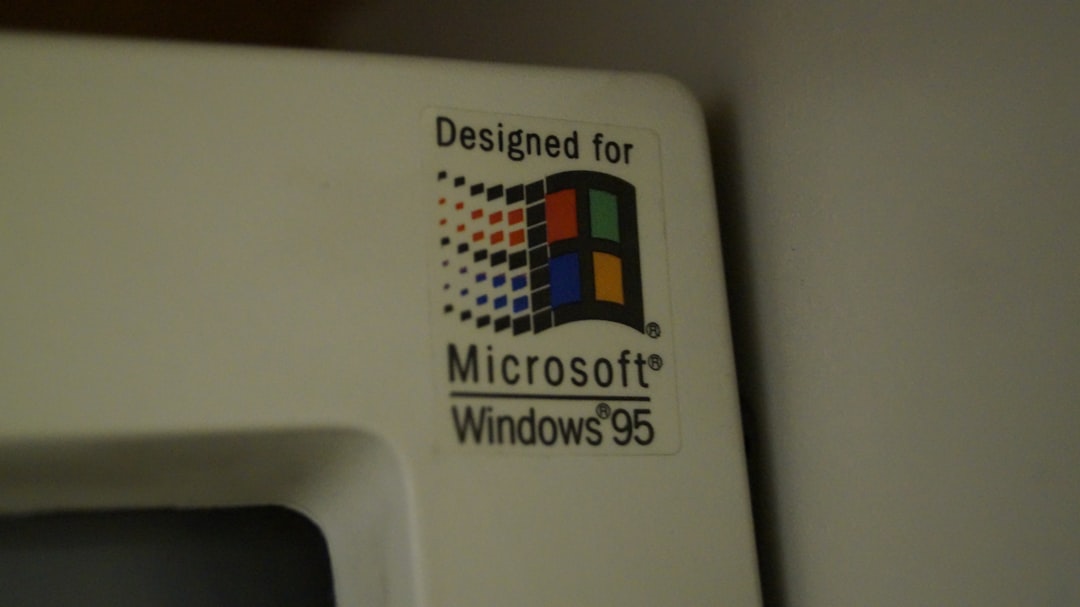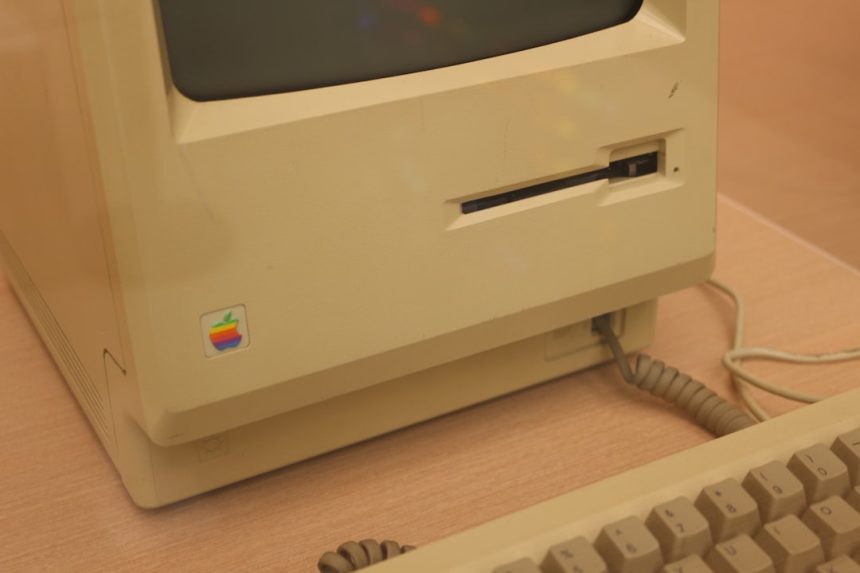In the world of technology, very few names resonate as powerfully as Microsoft. This multinational tech giant has become synonymous with personal computing, shaping the digital landscape for decades. At the heart of its origin story are two visionary men: Bill Gates and Paul Allen. But who exactly are the founders of Microsoft, and how did their paths lead to the creation of one of the most influential companies in history?
The Early Lives of Bill Gates and Paul Allen
William Henry Gates III, known to the world as Bill Gates, was born on October 28, 1955, in Seattle, Washington. A precocious child with a strong love for reading and learning, Gates excelled early in academics, especially in mathematics and computer science. At age 13, he started programming using a teletype terminal at his school, Lakeside School.
Paul Gardner Allen was born on January 21, 1953, also in Seattle. Like Gates, Allen showed a deep interest in technology from a young age. The two met at Lakeside School, where their mutual passion for computers laid the groundwork for what would become a lifelong collaboration.
The Birth of Microsoft
In the early 1970s, Gates and Allen reconnected while Allen was working in Boston and Gates was attending Harvard University. A pivotal moment came in 1975 when they read about the Altair 8800, a new microcomputer developed by MITS (Micro Instrumentation and Telemetry Systems). Realizing the need for a programming language for the new system, the duo sprang into action.
They developed interpreter software for BASIC (Beginner’s All-purpose Symbolic Instruction Code), which caught the attention of MITS. The successful demonstration of their software convinced MITS to distribute it, marking the official beginning of their company.
On April 4, 1975, Microsoft was officially founded by Bill Gates and Paul Allen. The name was a blend of “microcomputer” and “software”, clearly describing their vision.

Building the Microsoft Empire
After the success with MITS, Microsoft quickly began growing. Gates and Allen moved the company from Albuquerque, New Mexico to their hometown of Seattle in 1979. By this point, Microsoft was already gaining traction, providing programming languages and software development tools for a growing number of computers.
In 1980, Microsoft’s big break came when IBM approached them to create an operating system for their upcoming line of personal computers. Although Microsoft did not have an operating system at the time, they acquired one—QDOS (“Quick and Dirty Operating System”)—and modified it to create what would become MS-DOS. This move would define Microsoft’s place in history.
MS-DOS was licensed to IBM, and soon became a standard in the industry. The software’s widespread adoption propelled Microsoft to the top of the tech industry and opened the door for developing more innovative products.
Windows and Beyond
Gates and Allen realized early on that graphical user interfaces would be the future of personal computing. In 1985, Microsoft launched the first version of Windows, an operating system with a graphical interface, built on top of MS-DOS. Windows was not an immediate success, but subsequent versions, especially Windows 3.0 and later Windows 95, revolutionized the way people interacted with their PCs.
These advancements doubled down on Microsoft’s vision: creating software for the masses. The user-friendly features of Windows made it the go-to operating system for businesses, homes, and schools across the globe.

Different Paths: Allen Steps Down
In 1983, Paul Allen was diagnosed with Hodgkin’s lymphoma. As a result of his health concerns and growing differences with Gates over the company’s direction, Allen decided to step away from Microsoft’s day-to-day operations. He officially resigned from the company in 1984 but remained on the board of directors until 2000.
Despite stepping away, Allen retained his shares in Microsoft, becoming a billionaire as the company’s stock soared. He went on to invest in various industries including space exploration, music, sports, and scientific research, founding Vulcan Inc. and acquiring the Seattle Seahawks and Portland Trail Blazers.
Sadly, Paul Allen passed away on October 15, 2018, at the age of 65, due to complications from non-Hodgkin’s lymphoma. His legacy lives on not just through Microsoft, but through his numerous philanthropic and cultural contributions.
Bill Gates: From CEO to Philanthropist
Bill Gates led Microsoft as CEO until 2000, when he stepped down to focus more on philanthropy. His leadership during the growth years was marked by innovation, fierce business tactics, and strategic decisions that drove Microsoft’s global domination in software markets.
Along with his wife, Melinda, he established the Bill & Melinda Gates Foundation, now one of the world’s largest private charitable organizations. The foundation focuses on various global issues such as eradicating infectious diseases, improving education, and supporting sustainable development worldwide.
Though he eventually stepped down from day-to-day roles at Microsoft, Gates remained on the board until 2020. Today, he continues to be a global influencer, focusing mainly on philanthropy and addressing global challenges.
The Legacy of Microsoft’s Founders
The impact of Gates and Allen cannot be overstated. Together, they:
- Pioneered the software industry by writing programming tools and languages for early PCs.
- Laid the foundation for MS-DOS and Windows, OS systems that shaped how we use computers today.
- Transformed Microsoft into one of the world’s most valuable and influential technology companies.
Their unique blend of technical expertise and vision for the future helped usher in the personal computing revolution, forever changing modern life.
Interesting Facts About Gates and Allen
- Gates’ first program: At age 13, Gates wrote a tic-tac-toe game in BASIC that allowed users to play against the computer.
- Allen named Microsoft: It was Paul Allen who came up with the name “Micro-Soft,” later stylized to “Microsoft.”
- Riveting rivalry: Microsoft’s rise wasn’t without challenges. Gates was a fierce competitor, particularly against Apple’s Steve Jobs. Their rivalry fueled innovation on both sides.
- Philanthropy: Both Gates and Allen dedicated large parts of their fortunes to charitable causes, donating billions over their lifetimes.
Conclusion
The story of Microsoft begins with the collaboration between two brilliant minds—Bill Gates and Paul Allen—whose shared vision and intellectual synergy transformed the world of technology. From a modest beginning in a garage (or more accurately, a small office in Albuquerque), they built an empire that continues to influence our digital lives.
While they eventually pursued different paths, the enduring legacy of their partnership lives on. Microsoft today is more than a giant corporation—it’s a testament to what ingenuity, passion, and determination can achieve. And at the heart of it all stands the enduring legacy of its two founders.


